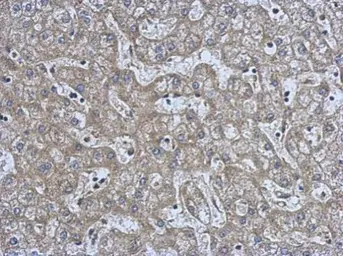NMT2 antibody
Cat. No. GTX115976
Cat. No. GTX115976
-
HostRabbit
-
ClonalityPolyclonal
-
IsotypeIgG
-
ApplicationsWB ICC/IF IHC-P
-
ReactivityHuman


